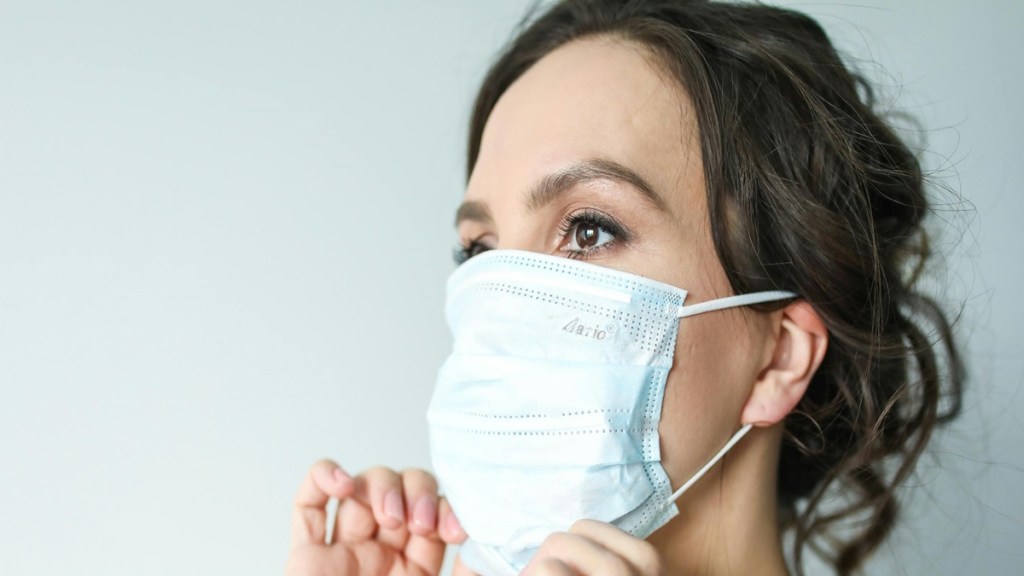HMPV vs COVID-19 Key Differences: After multiple cases of human metapneumovirus (HMPV) were reported in India, there is a growing concern among the public and speculations are ripe that the situation can worsen like COVID-19 pandemic.
On Tuesday, the Health Ministry said that Health Secretary Punya Salila Srivastava chaired a meeting with States/UTs in a virtual mode on to review the present situation of respiratory illnesses in India and the status regarding the HMPV cases following media reports of surge in HMPV cases in China, and the public health measures for their management.
The meeting was attended by Dr Rajiv Bahl, Secretary (DHR); Dr (Prof) Atul Goel, DGHS; Health Secretaries and officials of States, experts from NCDC, IDSP, ICMR, NIV and State Surveillance Units of IDSP. During the meeting, it was reiterated that the data from IDSP does not indicate any unusual rise in ILI/SARI cases anywhere in the country. This is also corroborated by the ICMR sentinel surveillance data, the Ministry stated.
As the cases of HMPV continue to rise in China, neighbouring countries are monitoring the situation closely. As per media reports, multiple viruses, including influenza A, HMPV, Mycoplasma pneumoniae and Covid-19, are circulating in China.
However, medical experts maintain that the virus is neither new nor comparable to Covid-19.
Similarities and Differences between HMPV and COVID-19
HMPV and Covid-19 are both respiratory pathogens. Speaking on the virus, Dr Neeraj Nischal, Additional Professor for Internal Medicine at AIIMS Delhi, said HMPV should not be compared with Covid-19.
“Let’s not compare HMPV with Covid-19. Because Covid was a completely new virus, and none of us had immunity against it. HMPV has been described clearly since 2001. There is evidence that this virus has been with us way back from the late 1950s. By the age of 10, the majority of children develop immunity against this virus,” he said while speaking with ANI.
Although both HMPV and COVID-19 are different they do share some similarities. Both the virus can spread through respiratory droplets, direct contact and contaminated surfaces.
Both HMPV and COVID-19 can cause mild to severe respiratory symptoms such as cough, fever and shortness of breath, and they are particularly dangerous for vulnerable populations, including infants, older adults and those with weakened immune systems.
While vaccines and antiviral treatments are available for COVID-19 whereas HMPV management is limited to supportive care with no specific antiviral or vaccine currently available.
Dr Rohan Aurangabadwalla, Consultant Pulmonology, Apollo Hospitals Navi Mumbai shared a detailed comparison between COVID-19 (caused by SARS-CoV-2) and Human Metapneumovirus (HMPV)
What are the symptoms of HMPV infection?
According to Cleveland Clinic, symptoms of human metapneumovirus include:
- Cough.
- Fever.
- Runny or stuffy nose.
- Sore throat.
- Wheezing.
- Shortness of breath (dyspnea).
- Rash.
What are the symptoms of COVID-19?
According to Mayo Clinic, typical COVID-19 symptoms often show up 2 to 14 days after contact with the virus. Symptoms can include:
- Dry cough.
- Shortness of breath.
- Loss of taste or smell.
- Extreme tiredness, called fatigue.
- Digestive symptoms such as upset stomach, vomiting or loose stools, called diarrhea.
- Pain, such as headaches and body or muscle aches.
- Fever or chills.
- Cold-like symptoms such as congestion, runny nose or sore throat.
How fatal HMPV infection is?
In most cases, HMPV can cause mild infection and the patient can recover on its own in a couple of days. Children, immunocompromised populations and the elderly are susceptible and they are more likely to be co-infected with other respiratory viruses.
According to the Centers for Disease Control and Prevention (CDC), HMPV can result in bronchitis and pneumonia in severe cases. In susceptible individuals with underlying medical conditions, HMPV infection can lead to death. Based on data from an article published in Lancet Global Health in 2021, one percent of acute lower respiratory infection-related deaths in children under age five can be attributed to HMPV. Currently


